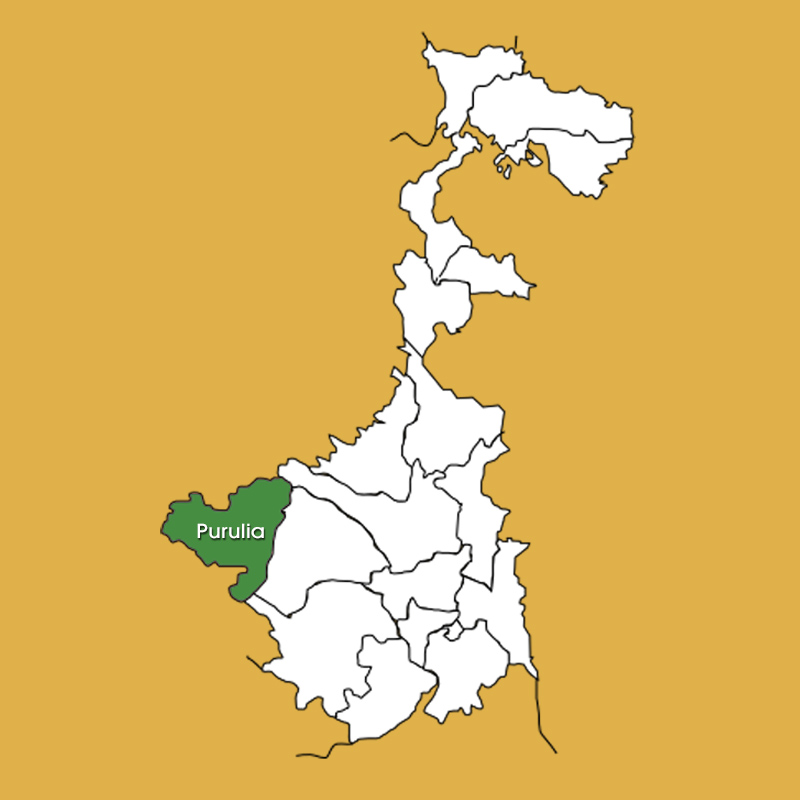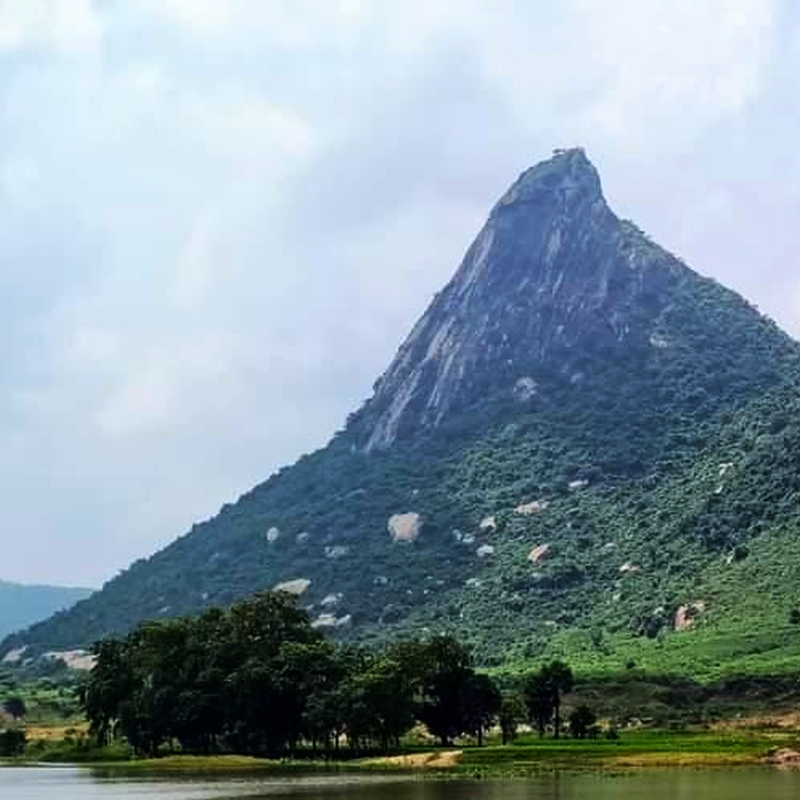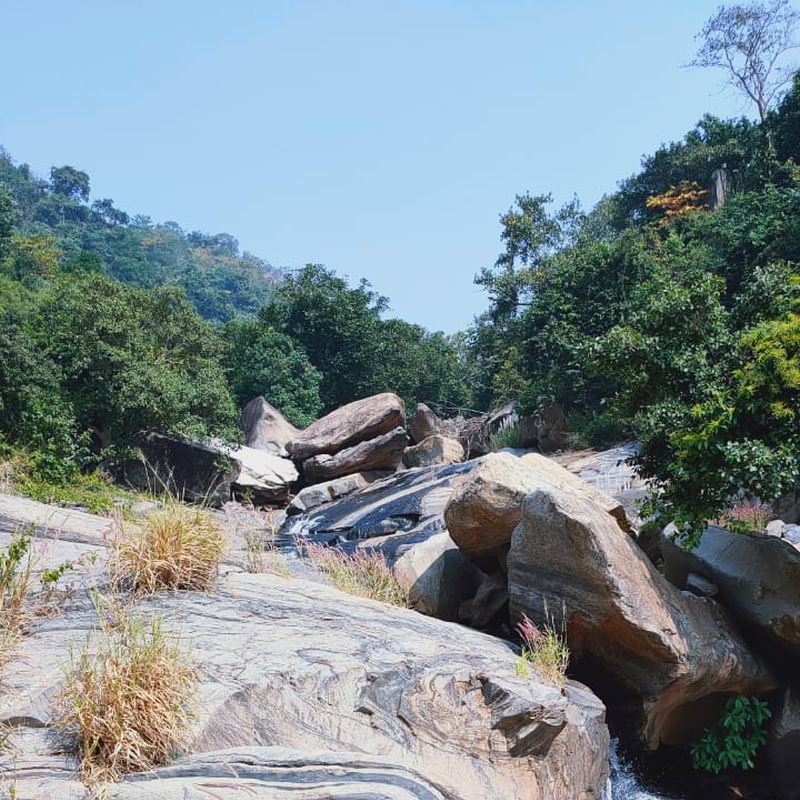
Purulia: background and attributes
Purulia, as we know it today, was officially born on 1st November, 1956. In ancient India, the Vajra-bhumi region had 16 Mahajanapadas and "Puruliya" was one of them. Little is known about it after that until the presence of the East-India Company in the country, which formed the Jungle Mahals districts in 1805, comprising of 23 mahals and parganans, including Purulia. Subsequently in 1833 Jungle Mahals was broken down to form the Manbhum district, which included section of Burdwan and Bankura, and also parts that are currently in Orissa and Jharkhand. The headquarters was at Manbazar, which was transferred to Purulia in 1938.
Purulia district is a part of Chotanagpur plateau is located at the westernmost edge of the state of West Bengal. It is a distinct region of transition between the Damodar plains of West Bengal and the ancient plateau of South-East Bihar. The Hooghly estuary and the Bay of Bengal are around 200 km from the centre of Purulia. The map coordinates are - 23° 42' 00' North and 22° 42' 35" South latitude and 86° 54' 37" East and 85° 49' 25" West longitude. It is intersected by the Tropic of Cancer. Purulia, which is a part of the peneplains of Ranchi, has been classified as an economic region by the Govt. of India owing to its major physiographic characteristics.
The shield-rim land layout of Purulia displays two types of texture relief This distinction of texture relates to diverse cycles of erosion and also to dissimilarities in lithology. The highlands rise steeply from 300 metres but the slope becomes average above 500 meters, looking more like an uplifted plain surface. Absolute relief intensifies towards the west and the south marked by a line of sharp inclines but almost flat-topped arches shrouded in lush vegetation. The rest of the district has a gently undulating landscape with sporadic Hillocks of hard rocks (Panchet Hill). These are residual Hills, that bear witness to the high plateau of primeval times which got eroded down over time to the present land-form.



